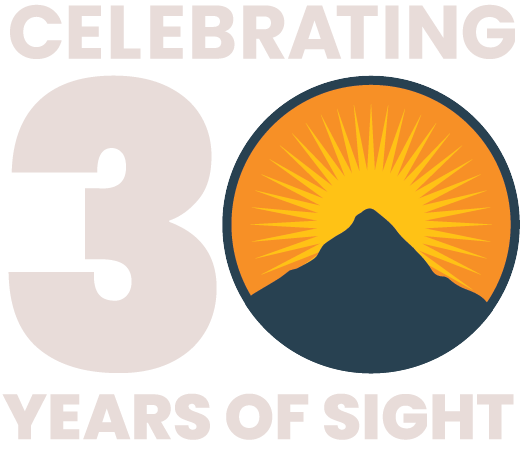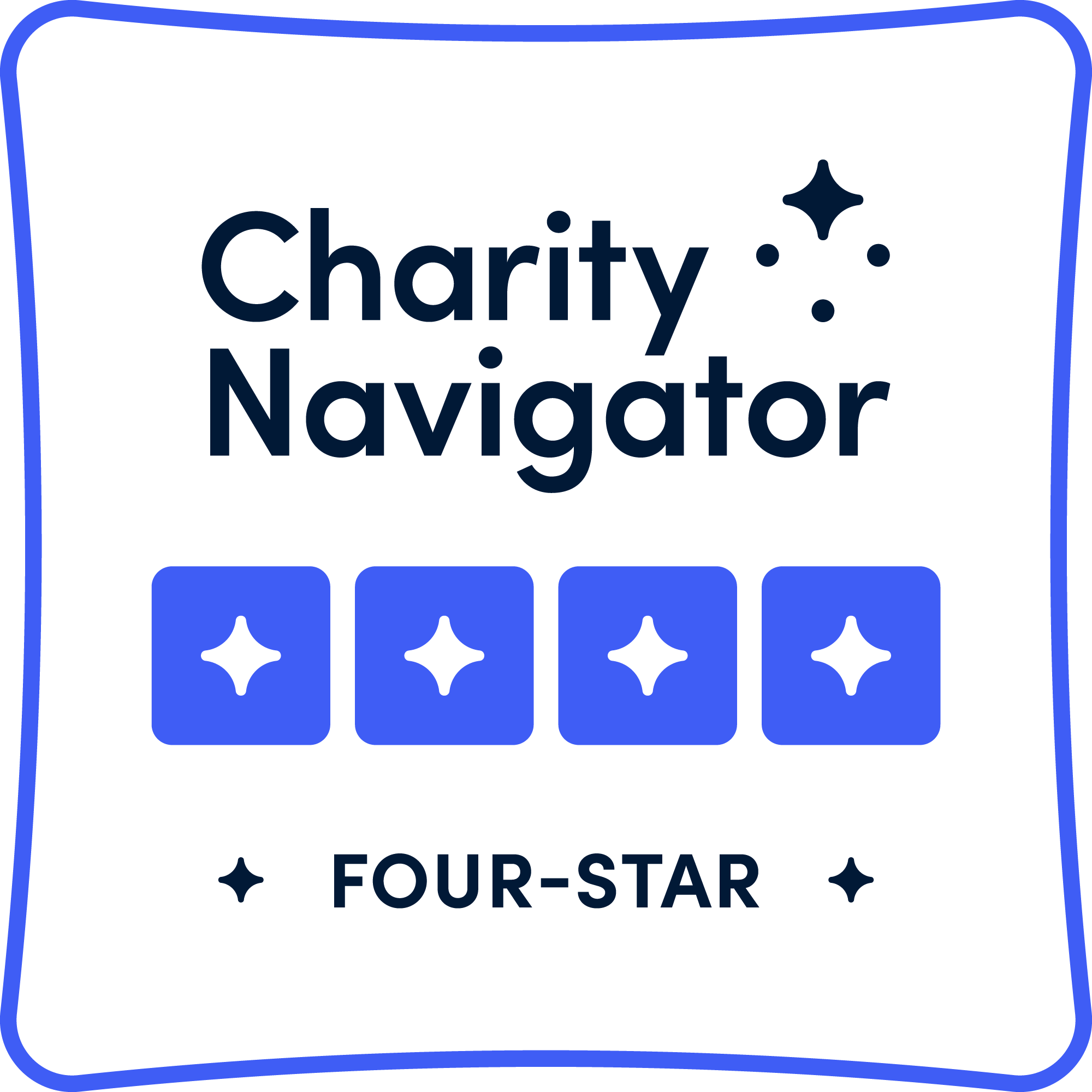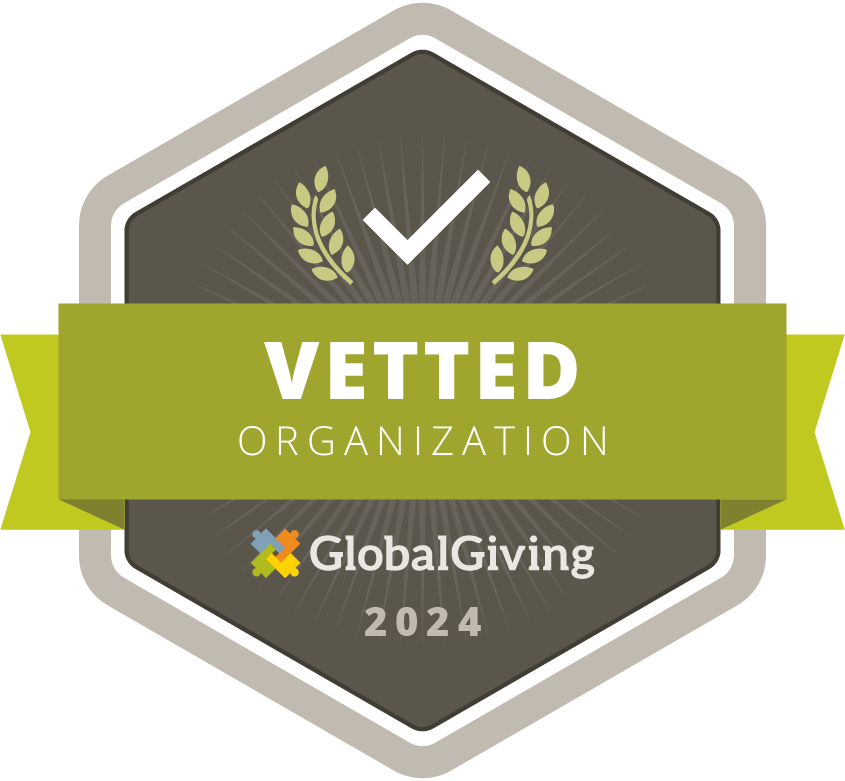Every $1 in Eye Care Generates Up to $7.30 in Social Value
Globally, at least 1.1 billion people live with vision loss and 90% of these cases are preventable or treatable. Preventable blindness continues to present a major public health challenge in low- and middle-income countries, including India and Nepal.
New SROI Study Proves How Community Eye Care Transforms Lives
While national eye health programs in both countries have made substantial progress over recent decades, significant gaps remain—particularly in rural and remote areas. Geographical isolation, shortages of trained eye health personnel at the primary level, low public awareness, and the costs associated with accessing tertiary care all contribute to continued cases of avoidable vision loss that could have been prevented.
To address these challenges, Cure Blindness Project introduced community-based eye care initiatives that bring treatment closer to where people live. A recent Social Return on Investment (SROI) study by Deloitte underscores the transformative impact of these efforts: in India, every $1 USD invested created $7.30 USD in social value, while in Nepal, the return was $5.02 USD. Beyond restoring sight, these programs protect livelihoods, reduce inequalities, and strengthen community resilience-proving that investing in eye care is one of the most effective ways to improve lives.
India: Bringing Eye Care to the Doorstep
In Uttar Pradesh (UP), avoidable blindness remains a significant concern, with cataract and corneal conditions among the leading causes. According to the National Blindness and Visual Impairment Survey (2015–2019), the prevalence of blindness among adults aged 50 and above in India is 1.99%, with Uttar Pradesh among the states with the highest burden. Cataract accounts for nearly 66% of blindness cases, followed by corneal blindness at 7.4%.

To address these challenges, Cure Blindness Project launched the blindness prevention program in collaboration with Sitapur Eye Hospital. The initiative focused on capacity building and empowerment of Accredited Social Health Activists (ASHAs) in Sitapur’s Biswan, Laharpur, and Tambaur blocks. These community health workers were trained to identify, treat, and refer eye conditions, and to raise awareness about early detection and prevention.
As a result,
- Over 55,000 villagers with corneal abrasions have received timely treatment in their communities.
- 36,000 individuals were referred for more complex eye conditions.
- 97% of patients diagnosed by ASHAs received care at the primary level, sparing families the financial and emotional burden of long journeys and hospital visits.
- For 41% of patients who were primary earners, early treatment has enabled them to return to work more swiftly, without jeopardizing household income.









